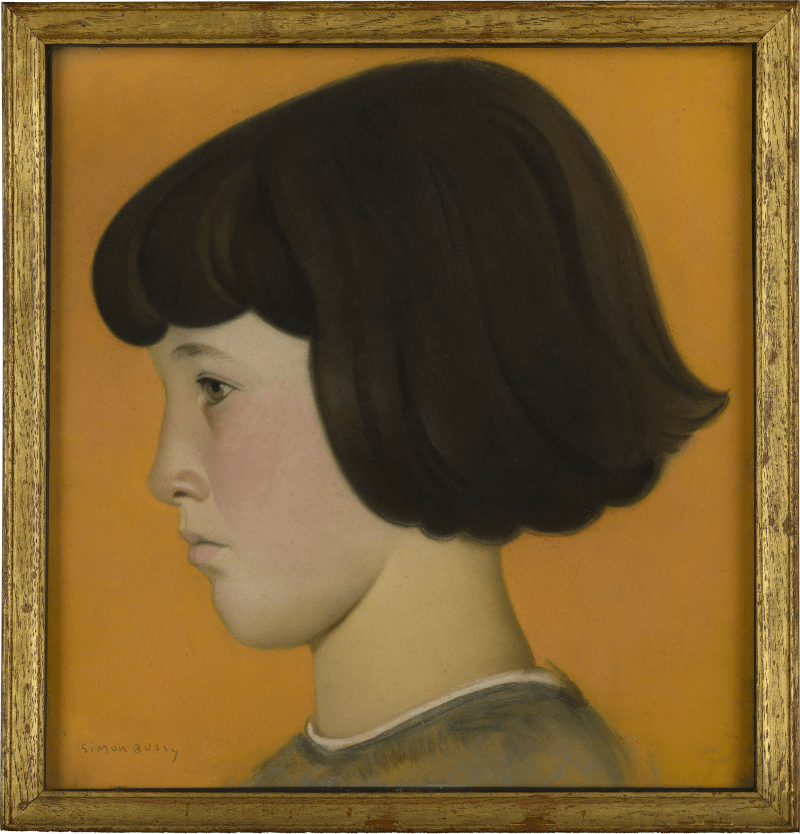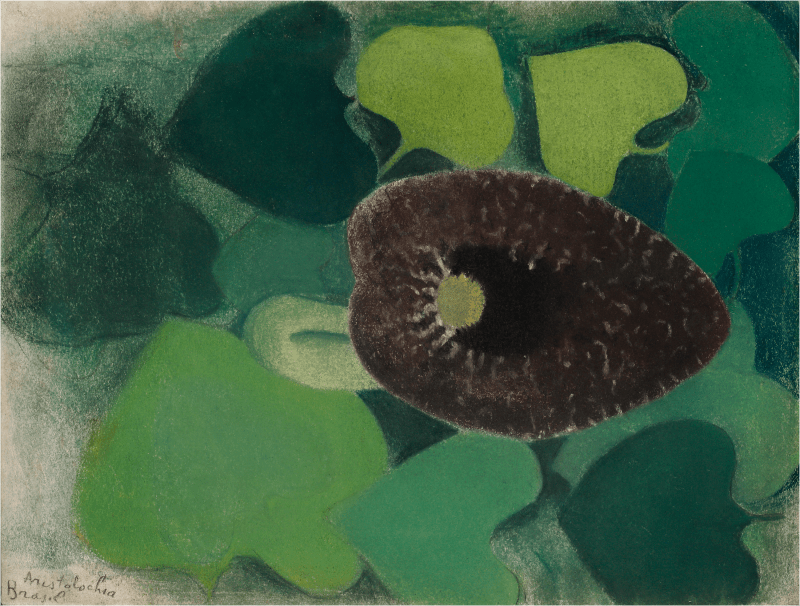To view all current artworks for sale visit philipmould.com
The young boy depicted in this painting is Christopher Strachey (1916-1975) son of British Civil Servant and cryptographer Oliver Strachey (1874-1960) and his wife Ray (1887-1940), a prominent feminist politician, mathematician, engineer, artist and writer. At a young age, Christopher notoriously under-performed throughout his studies, despite his immense significance in the rapidly developing world of computer science in his later life. He was educated at King’s Collage, Cambridge where he studied mathematics before transferring to physics, though it was his practical experience as a research physicist which sparked Strachey’s interest in computer science. A pioneer in programming language and design, Strachey developed the Combined Programming Language (CPL). He is also championed for having written the earliest successful AI program in 1951; a draughts program ran on the Ferranti Mark I computer at the University of Manchester, England. In 1965, Strachey was appointed as Oxford University’s first director of the Programming...
To view all current artworks for sale visit philipmould.com
The young boy depicted in this painting is Christopher Strachey (1916-1975) son of British Civil Servant and cryptographer Oliver Strachey (1874-1960) and his wife Ray (1887-1940), a prominent feminist politician, mathematician, engineer, artist and writer. At a young age, Christopher notoriously under-performed throughout his studies, despite his immense significance in the rapidly developing world of computer science in his later life. He was educated at King’s Collage, Cambridge where he studied mathematics before transferring to physics, though it was his practical experience as a research physicist which sparked Strachey’s interest in computer science. A pioneer in programming language and design, Strachey developed the Combined Programming Language (CPL). He is also championed for having written the earliest successful AI program in 1951; a draughts program ran on the Ferranti Mark I computer at the University of Manchester, England. In 1965, Strachey was appointed as Oxford University’s first director of the Programming Research Group and later as the University's first Professor of Computer Science, and his influence in the realm of computer science is still celebrated internationally today.
The present work is thought to have been painted c.1920-22, when Strachey was a young boy, and is one of a pair of portraits, the other depicting Christopher’s older sister Barbra (1912-1999). The subtle yet sophisticated tonal harmonies, along with the yellow background to the portrait, are characteristic of the aestheticism explored by the Bloomsbury painters.
Albert Simon Bussy trained at the École des Beuax-Arts in Paris under the Symbolist painter Gustave Moreau (1826-1898). It was at the pioneering Galerie Durand-Ruel that Bussy had his first exhibition of works in pastel between 1897 and 1899. However, it was his association with the Bloomsbury Group of artists and writers that was to become an enduring influence upon his oeuvre.
On his arrival in London in 1901, Busy was immediately introduced to the artistic and increasingly Bohemian circles that graced the doors of the London Art Club in Mayfair. Here he met the great English painter William Rothenstein (1872-1945) who greatly admired Bussy’s exhibition then on display at Leighton House.
In particular, it was Dorothy Strachey (1865-1960), novelist and translator, who made the biggest impression on Busy. Strachey was a close friend of the Bloomsbury group and published her novel Olivia through the Hogarth Press with the help of Virginia Woolf, who founded the publishing house with her husband Lenoard. Simon and Dorothy married two years after first meeting, in 1903. This connection firmly places Busy and Strachey at the forefront of one of the most enriching and enduring cultural circles of the twentieth century.
Bussy and Strachey later set up a home at Le Souco, the house in Roquebrune near Monaco. Le Souco would soon become famous as an intellectual hub where the artistic and literary elite from both sides of the channel were to convene and exchange their ideas. Lytton Strachey, Duncan Grant, Roger Fry, Vanessa Bell and Virgina Woolf all came to stay at Le Souco for long periods of time. Its place within the history of Bloomsbury is as significant, if not as famous, as 46 Gordon Square, London, the home that Vanessa Bell established with her siblings Virgina, Adrian and Thoby in 1904.






